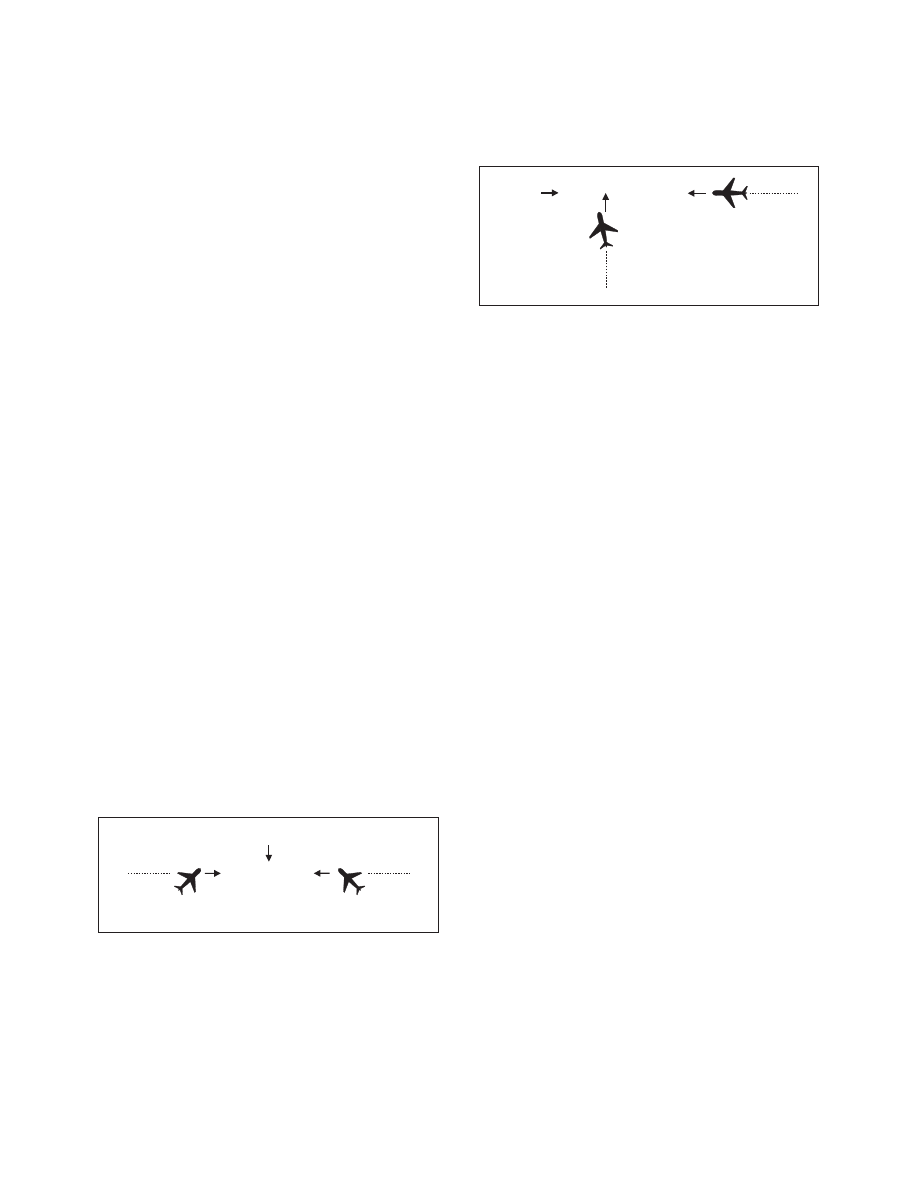
AIM
4/3/14
4−1−10
Services Available to Pilots
pilot for accuracy. (To be valid for separation purposes by
ATC, the accuracy of Mode C readouts must be verified.
This is usually accomplished upon initial entry into the
radar system by a comparison of the readout to pilot stated
altitude, or the field elevation in the case of continuous
readout being received from an aircraft on the airport.)
When necessary to issue traffic advisories containing
unverified altitude information, the controller will issue the
advisory in the same manner as if it were verified due to the
accuracy of these readouts. The pilot may upon receipt of
traffic information, request a vector (heading) to avoid
such traffic. The vector will be provided to the extent
possible as determined by the controller provided the
aircraft to be vectored is within the airspace under the
jurisdiction of the controller.
2. Not radar identified
(a)
Distance and direction with respect to a
fix;
(b)
Direction in which the target is proceed-
ing; and
(c)
Type of aircraft and altitude if known.
EXAMPLE
−
Traffic 8 miles south of the airport northeastbound, (type
aircraft and altitude if known).
d.
The examples depicted in the following figures
point out the possible error in the position of this
traffic when it is necessary for a pilot to apply drift
correction to maintain this track. This error could also
occur in the event a change in course is made at the
time radar traffic information is issued.
FIG 4
−1−1
Induced Error in Position of Traffic
TRACK
(A)
(B)
WIND
TRACK
EXAMPLE
−
In FIG 4
−1−1 traffic information would be issued to the
pilot of aircraft “A” as 12 o’clock. The actual position of
the traffic as seen by the pilot of aircraft “A” would be
2 o’clock. Traffic information issued to aircraft “B” would
also be given as 12 o’clock, but in this case, the pilot of “B”
would see the traffic at 10 o’clock.
FIG 4
−1−2
Induced Error in Position of Traffic
TRACK
(C)
(D)
WIND
TRACK
EXAMPLE
−
In FIG 4
−1−2 traffic information would be issued to the
pilot of aircraft “C” as 2 o’clock. The actual position of the
traffic as seen by the pilot of aircraft “C” would be
3 o’clock. Traffic information issued to aircraft “D” would
be at an 11 o’clock position. Since it is not necessary for the
pilot of aircraft “D” to apply wind correction (crab) to
remain on track, the actual position of the traffic issued
would be correct. Since the radar controller can only
observe aircraft track (course) on the radar display, traffic
advisories are issued accordingly, and pilots should give
due consideration to this fact when looking for reported
traffic.
4
−
1
−
16. Safety Alert
A safety alert will be issued to pilots of aircraft being
controlled by ATC if the controller is aware the
aircraft is at an altitude which, in the controller’s
judgment, places the aircraft in unsafe proximity to
terrain, obstructions or other aircraft. The provision
of this service is contingent upon the capability of the
controller to have an awareness of a situation
involving unsafe proximity to terrain, obstructions
and uncontrolled aircraft. The issuance of a safety
alert cannot be mandated, but it can be expected on a
reasonable, though intermittent basis. Once the alert
is issued, it is solely the pilot’s prerogative to
determine what course of action, if any, to take. This
procedure is intended for use in time critical
situations where aircraft safety is in question.
Noncritical situations should be handled via the
normal traffic alert procedures.
a. Terrain or Obstruction Alert
1.
Controllers will immediately issue an alert to
the pilot of an aircraft under their control when they
recognize that the aircraft is at an altitude which, in
their judgment, may be in an unsafe proximity to
terrain/obstructions. The primary method of detect-
ing unsafe proximity is through Mode C automatic
altitude reports.